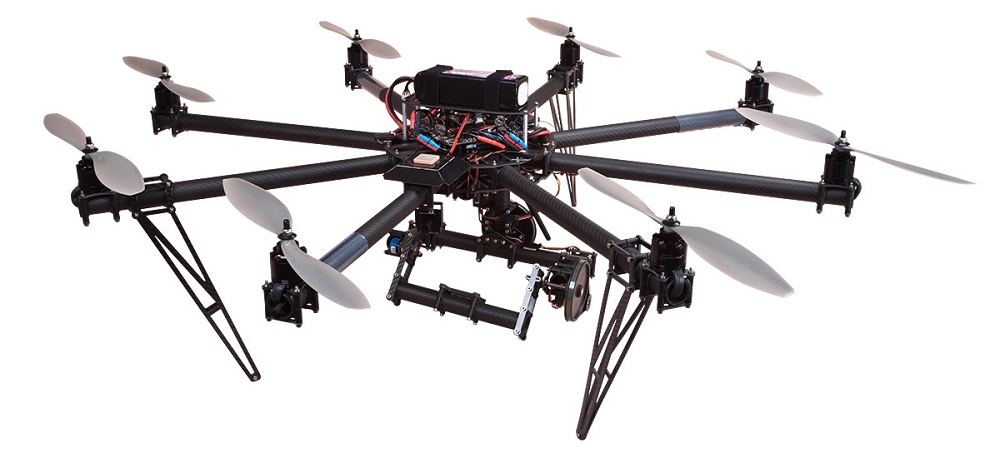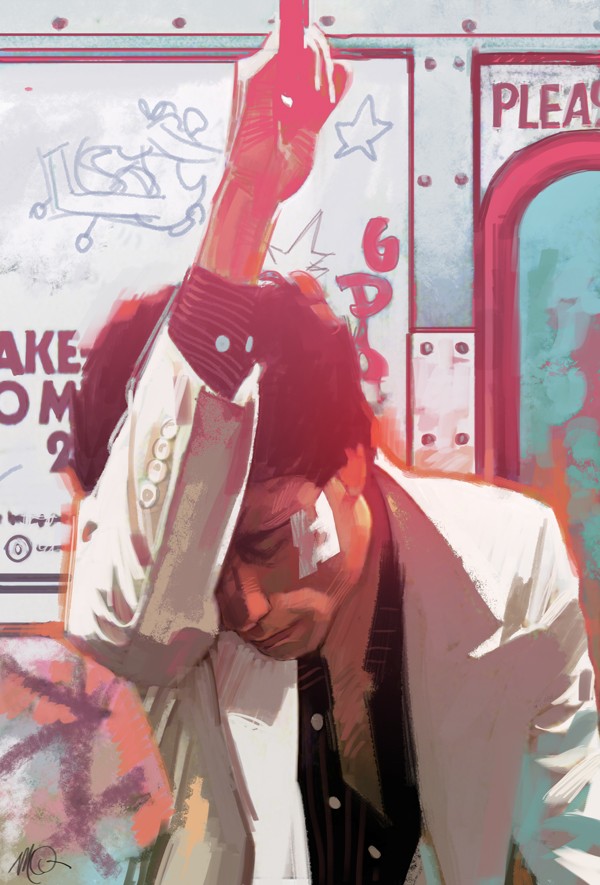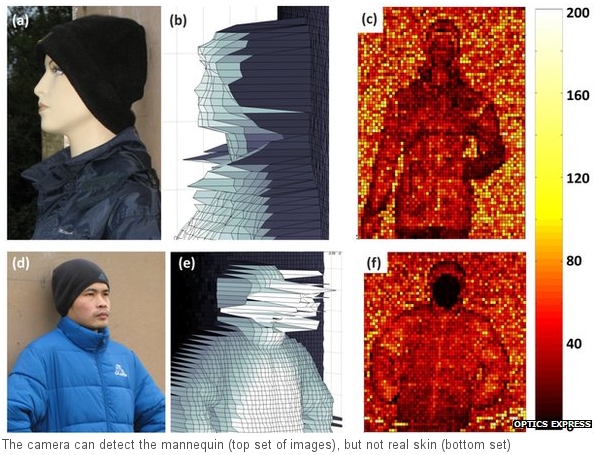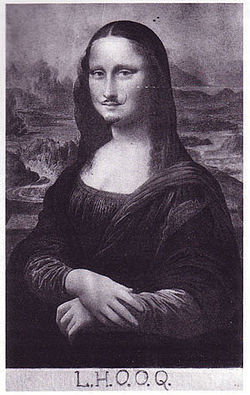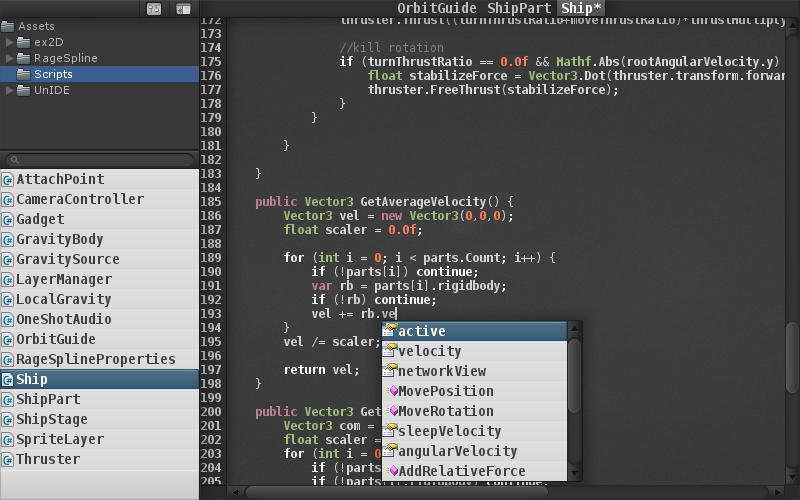Views : 1,108





3Dprinting (175) A.I. (740) animation (339) blender (196) colour (229) commercials (49) composition (152) cool (359) design (634) Featured (68) hardware (307) IOS (109) jokes (134) lighting (282) modeling (127) music (185) photogrammetry (177) photography (751) production (1249) python (86) quotes (486) reference (310) software (1331) trailers (296) ves (536) VR (219)
Author: pIXELsHAM.com
-
The Last Of Us developer series, episode 2 – Wasteland Beautiful
httpv://www.youtube.com/watch?v=mty2wE–yw8
-
Google Street View Hyperlapse
All Google Street View imagery captured using hyperlapse.tllabs.io. Source code available at github.com/TeehanLax/Hyperlapse.js.
Read the full story: teehanlax.com/labs/hyperlapse/
-
COLLECTIONS
| Featured AI
| Design And Composition
| Explore posts
POPULAR SEARCHES
unreal | pipeline | virtual production | free | learn | photoshop | 360 | macro | google | nvidia | resolution | open source | hdri | real-time | photography basics | nuke
FEATURED POSTS
-
Ethan Roffler interviews CG Supervisor Daniele Tosti
-
Yann Lecun: Meta AI, Open Source, Limits of LLMs, AGI & the Future of AI | Lex Fridman Podcast #416
-
Sensitivity of human eye
-
How do LLMs like ChatGPT (Generative Pre-Trained Transformer) work? Explained by Deep-Fake Ryan Gosling
-
Photography basics: Color Temperature and White Balance
-
PixelSham – Introduction to Python 2022
-
What’s the Difference Between Ray Casting, Ray Tracing, Path Tracing and Rasterization? Physical light tracing…
-
Ross Pettit on The Agile Manager – How tech firms went for prioritizing cash flow instead of talent
Social Links
DISCLAIMER – Links and images on this website may be protected by the respective owners’ copyright. All data submitted by users through this site shall be treated as freely available to share.


